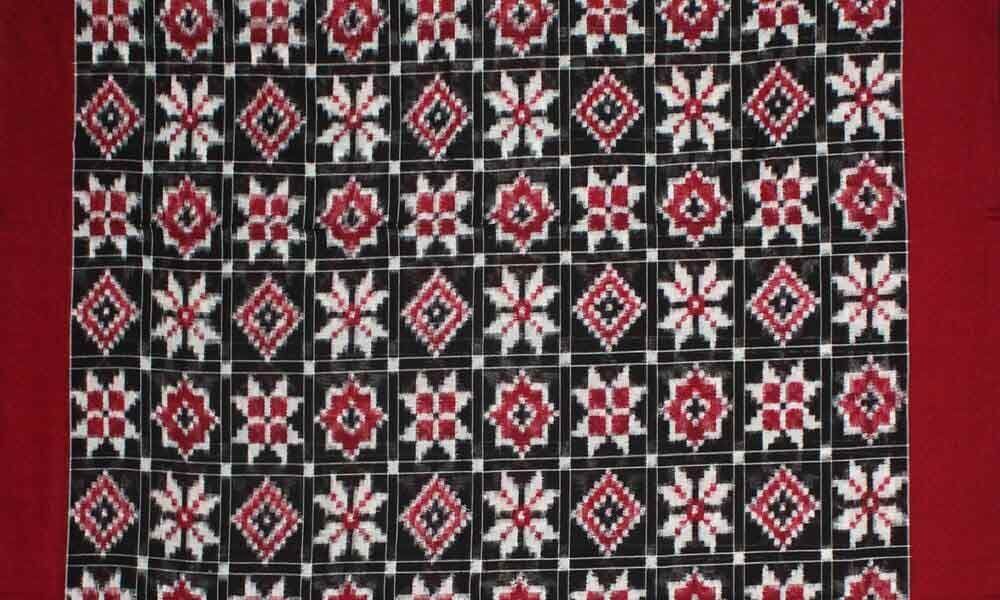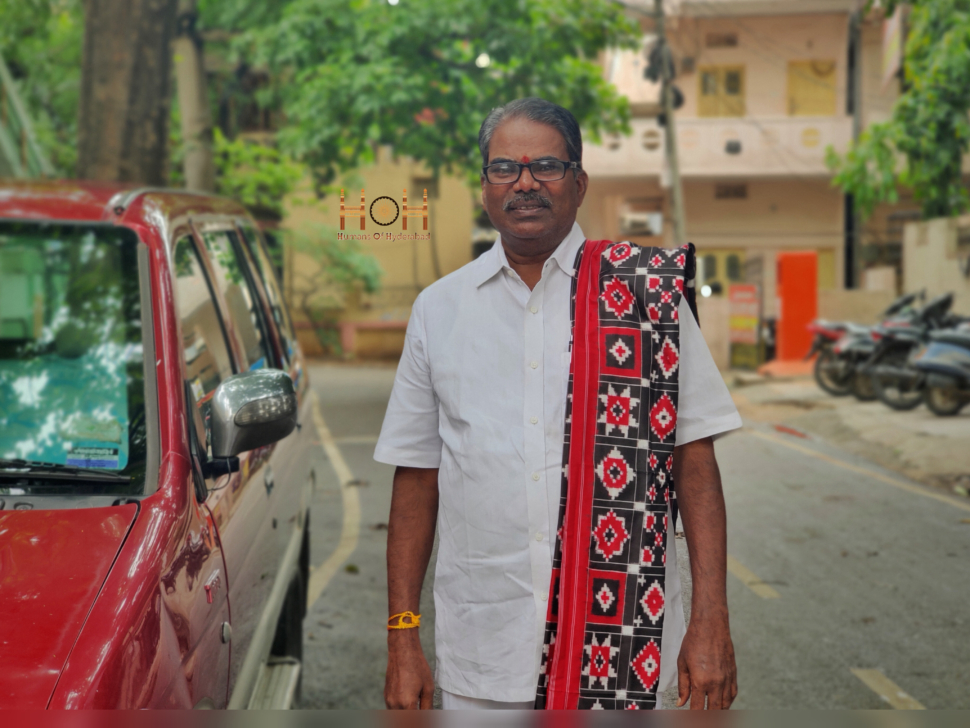“I am Gajam Govardhana, a Padma Shri awardee and UNESCO-recognized master weaver from Puttapaka in Telangana. I work to revive and promote the Telia Rumal, a traditional double-ikat handloom fabric unique to Telangana. Its yarn is treated with castor ash, sesame oil, and sometimes sheep dung before dyeing, giving it a distinctive texture and cooling properties. Once nearly forgotten, this craft is now recognized internationally, has a Geographical Indication (GI) tag awarded in May 2020, and supports generations of weavers in my village, protecting its authenticity and connecting it to Telangana’s rich cultural heritage.
I grew up in Puttapaka surrounded by looms and threads. From a young age, I worked alongside my father and siblings, learning the craft of weaving and the techniques for handling threads and dyes. By fifteen, I was weaving myself, not for money, but to be part of a living handloom tradition central to Telangana’s identity.

When I discovered the Telia Rumal in Chirala, Andhra Pradesh, I traveled there to study its intricate double-ikat technique. Bringing this knowledge back to Puttapaka, I adapted it to create sarees, dupattas, dress materials, and bed linens, giving the craft new life while preserving its traditional handloom methods.
Each piece takes over two months to complete, requiring careful tying, dyeing, and weaving to align patterns perfectly. With the support of my family and fellow weavers, we scale production while maintaining the authenticity of Telangana’s handloom tradition. Today, our fabrics reach markets across India and abroad, and a gallery in Hyderabad showcases the craft and tells the story of our community.
In 2011, I was awarded the Padma Shri, and UNESCO recognized my contributions to handicrafts. Today, the GI tag ensures that Puttapaka Telia Rumal is identified with its place of origin, protecting the craft for future generations and promoting Telangana’s unique weaving heritage. The greatest reward is seeing the Telia Rumal thrive, keeping Telangana’s handloom heritage alive and providing sustainable livelihoods for our weavers.”
